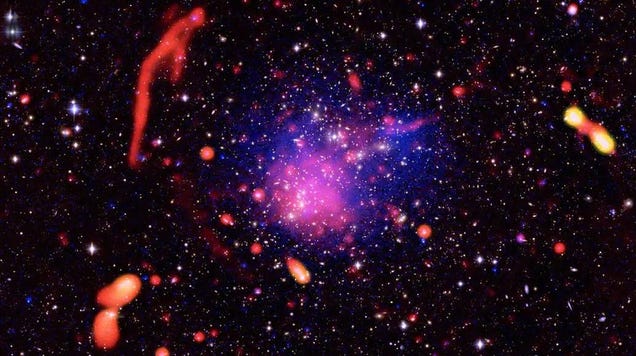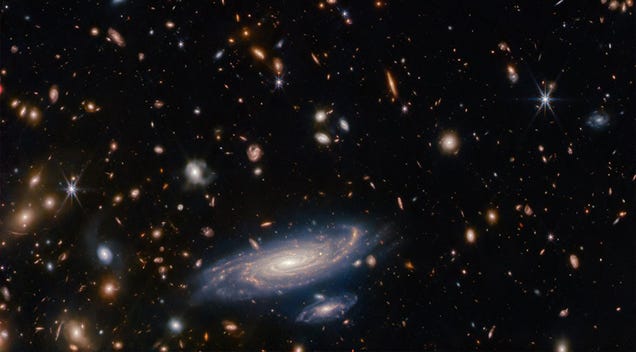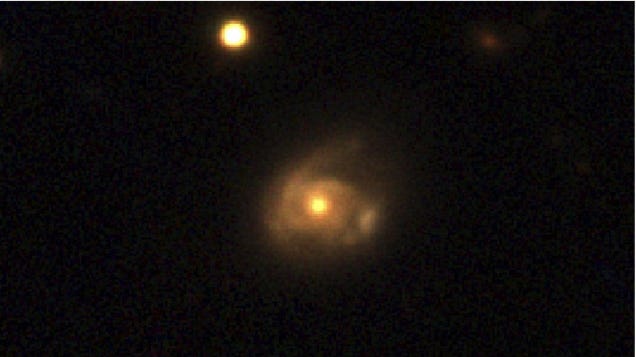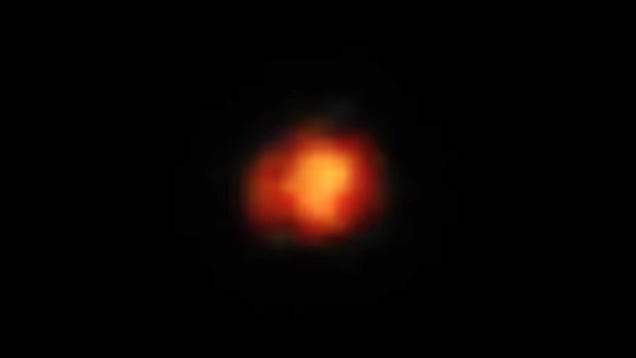NASA, ESA, CSA, STScI, and S. Crowe (University of Virginia)

A recent deep field image from the Webb Space Telescope, showcasing a region of space known as Pandora’s Cluster, or Abell 2744, features two galaxies. These galaxies are remarkable for their distance from Earth, being the second and fourth most distant galaxies ever observed, according to a team of researchers that…
NASA, ESA, CSA, Ivo Labbe (Swinburne), Rachel Bezanson (University of Pittsburgh)
European Space Agency/Euclid Consortium/NASA; image processing by J.-C. Cuillandre, G. Anselmi

In the beginning, galaxies were lacking in chemical and metal abundances, according to a team of astronomers that recently used a telescope to study the ancient universe.

On June 22, 2022, NASA’s Swift Observatory spotted something curious in a galaxy over 500 million light-years away. It was a routine outburst of gas that a team studying the data now believes is evidence of a black hole intermittently gobbling up a star each time the latter draws near.
NASA/ESA/CSA/JWST/Hubble
A team of researchers scrutinizing the Extended Groth Strip, a region of space between the constellations Ursa Major and Boötes, saw fewer growing supermassive black holes and less dust than they expected.

A galaxy first seen in a massive Webb Space Telescope deep field image a year ago is one of the earliest ever spotted, according to a team of astronomers that reviewed imagery of the structure.
NASA, ESA, CSA. Image Processing: Joseph DePasquale (STScI)
